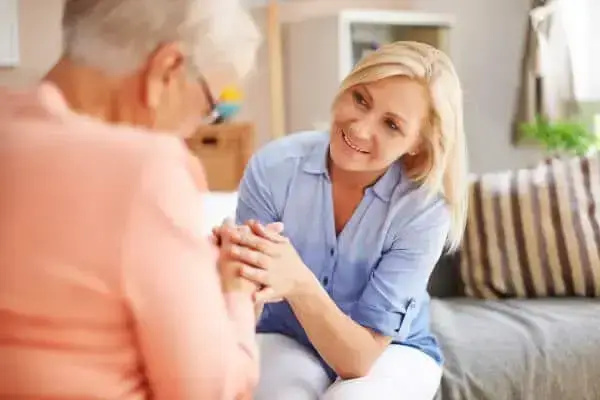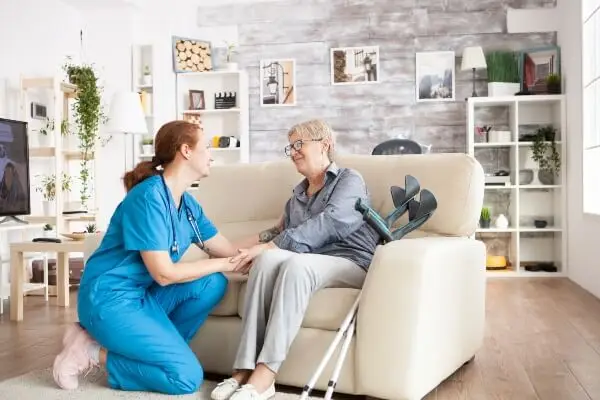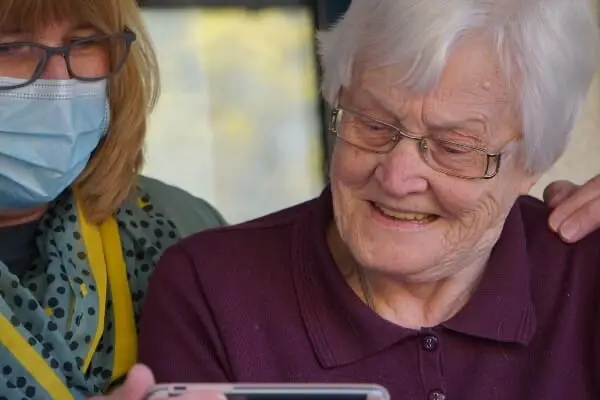Safeguarding in a Care Home: Why Attentive Care is Vital
Image by gpointstudio on Freepik
Protecting vulnerable people is essential for effective care. Abuse, harm and neglect can damage their health, independence and dignity, dramatically reducing their standard of living. By safeguarding in a care home, we can prevent these hazards and ensure that vulnerable people can live happy, uninterrupted lives.
What is Safeguarding in a Care Home?
Safeguarding is a duty to protect vulnerable people from abuse, harm and neglect. Care home residents cannot care for themselves, opening them to exploitation. Therefore, safeguarding should be a central pillar of care home support to ensure their well-being, health and happiness.
Common Safeguarding Issues
Unfortunately, with the significant responsibilities of care home staff, safeguarding issues can easily occur if you do not follow appropriate policies diligently. Look out for these common problems:
- Physical Abuse
- Verbal Abuse
- Falls
- Malnutrition or Poor Food Hygiene
- Medication Misuse
- Illness
- Pressure Sores from Beds
- Lack of Social Interaction
- Dehumanisation
Essential Legislation for Safeguarding in Care Homes
The Care Act 2014 regulates safeguarding by outlining needs assessments, your duties as a care provider, and the role of local authorities in care. Understanding it helps you provide coordinated care and reduce the risk of compliance issues that could harm a vulnerable person.
You should also understand and follow the six pillars of safeguarding to administer care entirely and respectfully. By doing so, you can maintain the vulnerable adults’ individuality and agency whilst protecting them.
Your Responsibilities as a Care Provider
Under the Care Quality Commission, care homes have multiple safeguarding responsibilities toward vulnerable residents. You need a safeguarding lead who is the first point of contact for any issues or concerns. Then you need to address:
Training
You must train staff interacting with vulnerable people to follow appropriate safeguarding policies and practices. Whenever you update your processes, you should run corresponding sessions to teach your team about the new systems.
Recording
Safeguarding records help you improve your care. You must track the measures in place to monitor your actions and ensure they address your residents’ needs. These records should be easily accessible for use in investigations. Review them regularly to guarantee accuracy.
Data Protection
Partnership, coordination and communication help you structure your safeguarding efforts. However, they require sharing sensitive information about vulnerable adults between carers, family, healthcare providers and local authorities, so you comply with the General Data Protection Regulation. Your residents have a right to confidentiality.
How to Report Safeguarding Issues in a Care Home
Reporting issues is one of the fundamental elements of safeguarding in a care home. Anyone that witnesses an issue must report it as soon as possible to trigger an investigation and resolve the problem.
You do not need concrete proof to make a report; suspicion is enough. The investigation will confirm or deny this suspicion. If you suspect someone is in immediate danger, call 999 and stay with the vulnerable adult until the emergency services arrive. Then record what happened.
When someone reports an issue, it triggers a safeguarding alert, and the family of the vulnerable adult in the case must be notified and then may be invited to future meetings to investigate the problem and review care strategies. From there, the care provider must scrutinise and amend the processes that led to the situation.
Every care provider must have a whistleblowers policy that explains how staff can report an issue they feel unsafe about raising. If you are uncertain about reporting a problem to the care provider, contact the local authorities.
Learn How to Safeguard in a Care Home
If you want to learn everything about safeguarding in a care home, upgrade your career or develop the necessary skills to look after the vulnerable, Caredemy can help. We have affordable safeguarding certificates and qualifications available that you can complete online.
You can take our courses in groups or as an individual, making them perfect for team training sessions or independent study. Plus, they are all CPD Accredited.
Enrol online today or speak to our experts and discover your ideal course.
FAQ
What are common safeguarding hazards in care homes?
The most common safeguarding hazards in care homes are physical and verbal abuse, falls, illness, malnutrition, poor food hygiene, medication misuse, pressure sores, isolation and dehumanisation.
What are the six fundamental principles of effective safeguarding?
The 6 safeguarding principles are empowerment, prevention, proportionality, protection, partnership and accountability. You can care effectively by implementing them into your safeguarding measures.
Who is responsible for care home safeguarding?
Care managers and staff are responsible for care home safeguarding. They should receive training on reporting and preventing safeguarding issues.
{ “@context”: “https://schema.org”, “@type”: “Article”, “mainEntityOfPage”: { “@type”: “WebPage”, “@id”: “https://caredemy.co.uk/care-home-safeguarding/” }, “headline”: “Safeguarding in a Care Home: Why Attentive Care is Vital”, “description”: “Protecting vulnerable people is essential for effective care. Abuse, harm and neglect can damage their health, independence and dignity, dramatically reducing their standard of living. By safeguarding in a care home, we can prevent these hazards and ensure that vulnerable people can live happy, uninterrupted lives.”, “image”: “https://caredemy.co.uk/wp-content/uploads/2023/05/Woman-holding-elderly-womans-hand-Image-by-gpointstudio-on-Freepik.webp”, “author”: { “@type”: “Organization”, “name”: “Caredemy”, “url”: “https://caredemy.co.uk/” }, “publisher”: { “@type”: “Organization”, “name”: “Caredemy”, “logo”: { “@type”: “ImageObject”, “url”: “https://caredemy.co.uk/wp-content/uploads/2022/11/cropped-cropped-cropped-cropped-cropped-Caredemy_multiple_logosb-e1611314968243-1-4.png” } }, “datePublished”: “2023-05-16”, “dateModified”: “2023-05-16” } { “@context”: “https://schema.org”, “@type”: “FAQPage”, “mainEntity”: [{ “@type”: “Question”, “name”: “What are common safeguarding hazards in care homes?”, “acceptedAnswer”: { “@type”: “Answer”, “text”: “The most common safeguarding hazards in care homes are physical and verbal abuse, falls, illness, malnutrition, poor food hygiene, medication misuse, pressure sores, isolation and dehumanisation.” } },{ “@type”: “Question”, “name”: “What are the six fundamental principles of effective safeguarding?”, “acceptedAnswer”: { “@type”: “Answer”, “text”: “The 6 safeguarding principles are empowerment, prevention, proportionality, protection, partnership and accountability. You can care effectively by implementing them into your safeguarding measures.” } },{ “@type”: “Question”, “name”: “Who is responsible for care home safeguarding?”, “acceptedAnswer”: { “@type”: “Answer”, “text”: “Care managers and staff are responsible for care home safeguarding. They should receive training on reporting and preventing safeguarding issues.” } }] }





